Because I see that even after the subject has been discussed a lot of times many people still don’t understand how the system works. There’s really good info out there, but too much misleading information too which confuses a lot of people. With this thread I’m hoping to make everything as clear as possible, PCV system is a bit complicated especially since you don’t know how the parts involved work. I’m not attesting I’m an expert nor a technician, but after spending way too many hours during the past couple years trying to understand it, I finally decided to put all this together.
Warning and disclaimer
Warning: The most important thing to remember is that’s there’s always pressure build up into the crankcase created by the blow-by gasses. In order not to blow seals and gaskets the positive pressure has to be released so whatever you do, make sure you let gasses escape!!!
Disclaimer: This info here is only informative. Whatever you do, you do it on your own risk!!! I’m not responsible for anything you mess up!
How does it work?
I'd like to first mention one thing before you go ahead and read this. The PCV system is not very complicated but you need to take your time to process all this information and make sense of everything in your head. And if you think it's too complicated... it's not! you just need to read it again and bit more careful this time.
I had one extra valve cover which I gave to Shane and decided to look at it a bit more careful before I shipped it out. I found the following: looking at the (Pic.1) you can see there are three different passages built into the Valve Cover (VC):
- N80 passage (N80-r-----N80-f)
- Rear PCV passage (1-r-----1-f)
- Oil separator passage (2-----3-----4)
I used "f" and "r" to make it easier to relate the ports to front of engine/intake side("f") and rear of engine/exhaust side("r")Number “0” on VC is actually blocked, goes nowhere.
Basically the crankcase is always under vacuum which means there is always air drawn from the crankcase through port number 3 this is where the breather hose from the primary oil separator (a. in Pic.4) connects. From here, the vapors pass through the Second Oil Separator (b. in Pic.4) where some more oil is separated and dumped back into the crankcase through port no.4 (Pic.1). The air then gets into the PCV valve which directs it to one of the two paths, straight into the intake manifold or through the VC to the intake right before the turbo.
The one thing I want to mention again and was never mentioned before it’s opening no.4 in Pic.1. That’s where the Second Oil Separator dumps oil back into the crankcase. There’s no valve, nothing there, it’s just an opening which makes the Second Oil Separator (2-----3-----4) one with the crankcase.
 Pic.1
Pic.11. Straight into the intake manifold - If under Vacuum (c. in Pic.4)
The port 1-f of the PCV valve is closed so all the air is directed into the intake manifold (see yellow line in Pic.2)
 Pic.2
Pic.22. Through the VC to the rear PCV breather hose and into the air intake ahead of the turbo – if under Boost (d. in Pic.4)
The intake manifold port of the PCV valve (the one marked with blue X, not numbered) is closed so all the air is directed through the VC to the rear PCV breather hose and into the air intake ahead of the turbo (see blue line in Pic.3)
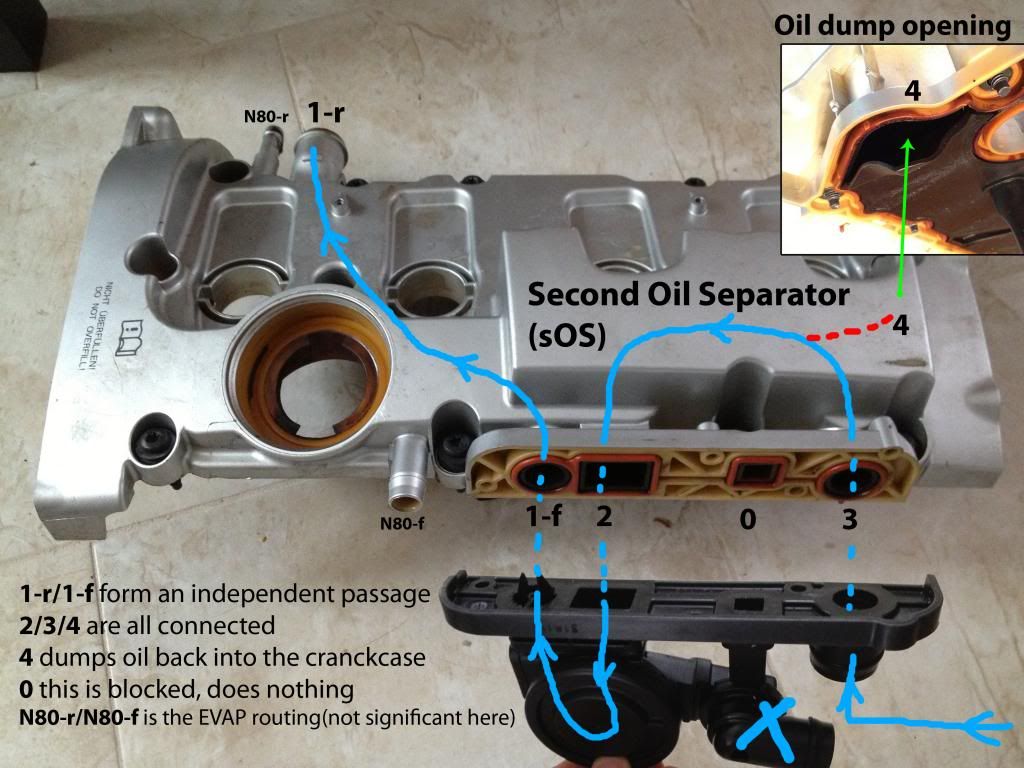 Pic.3
Pic.3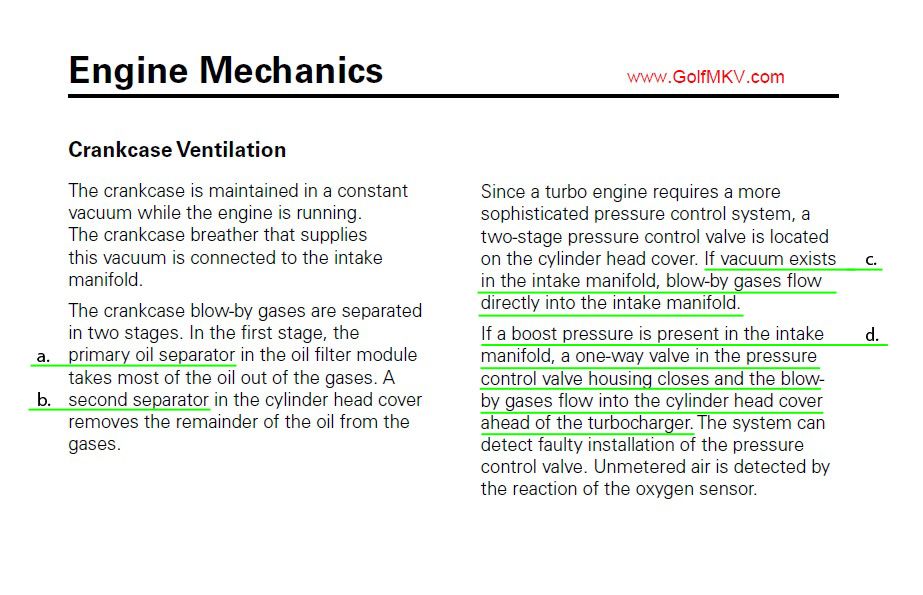 Pic.4
Pic.4 Pic.5
Pic.5













 Reply With Quote
Reply With Quote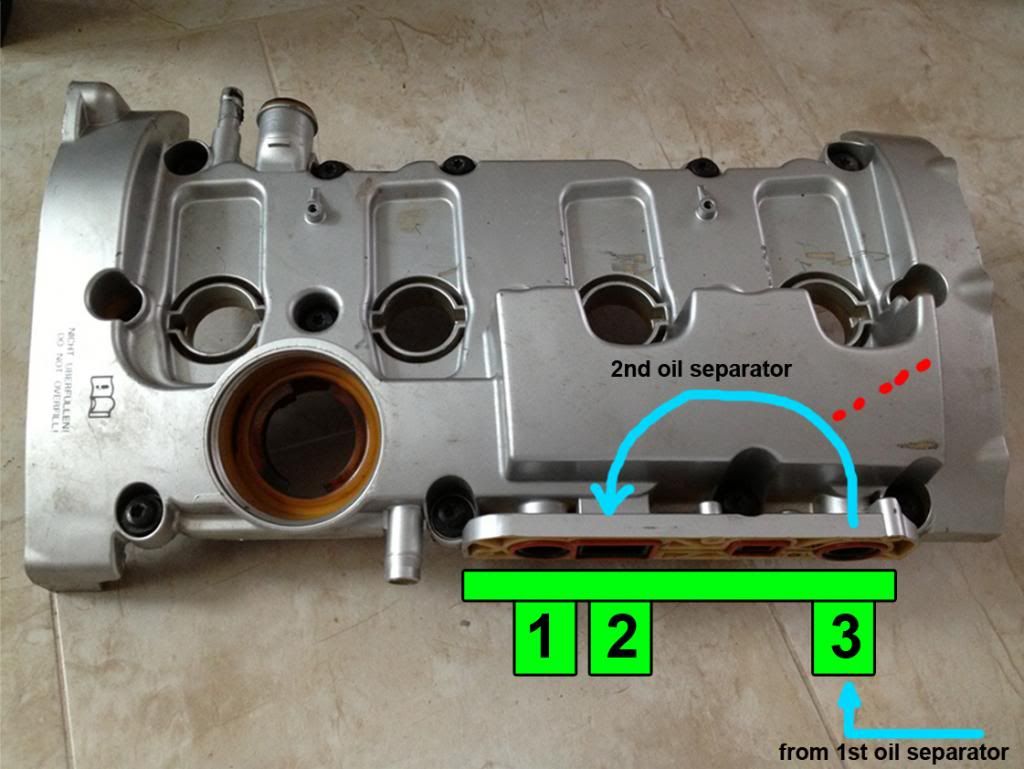
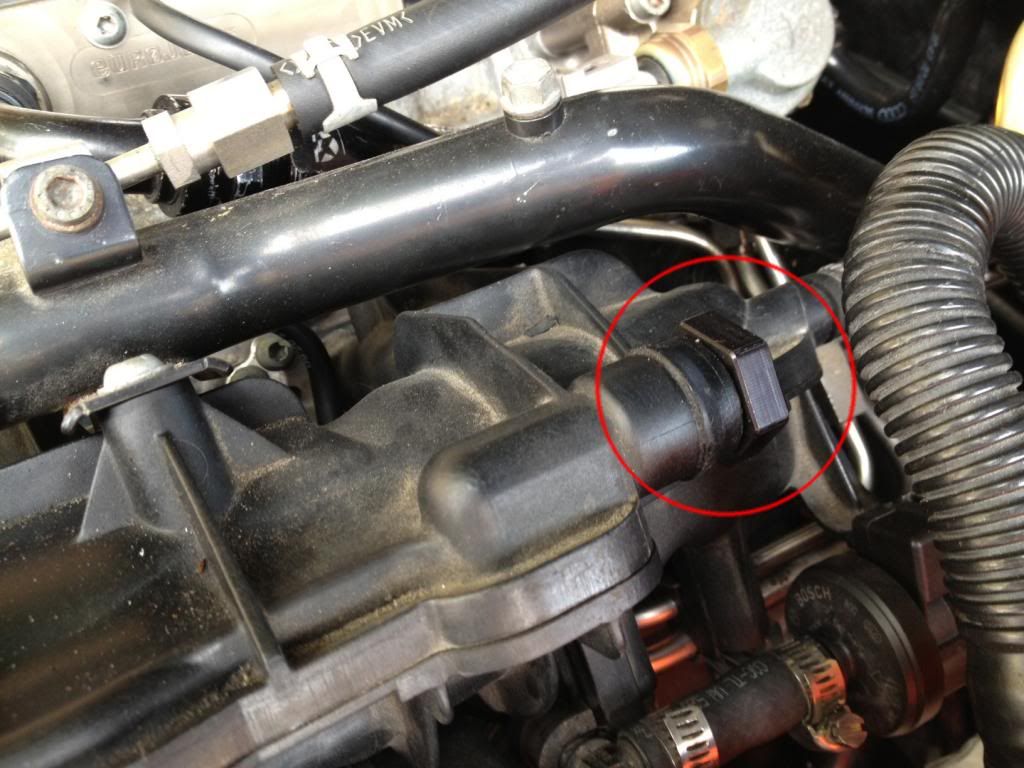

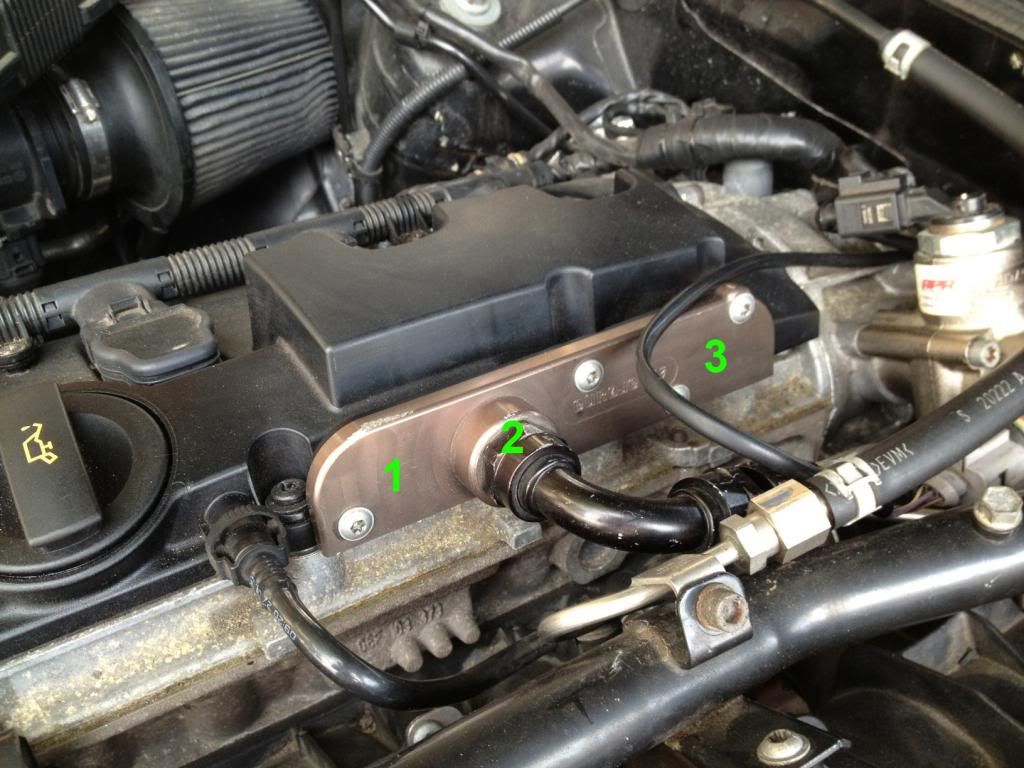
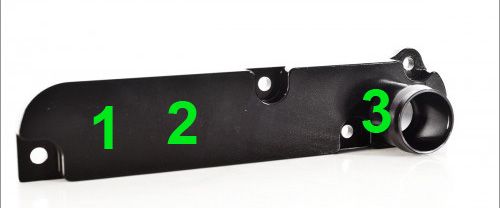
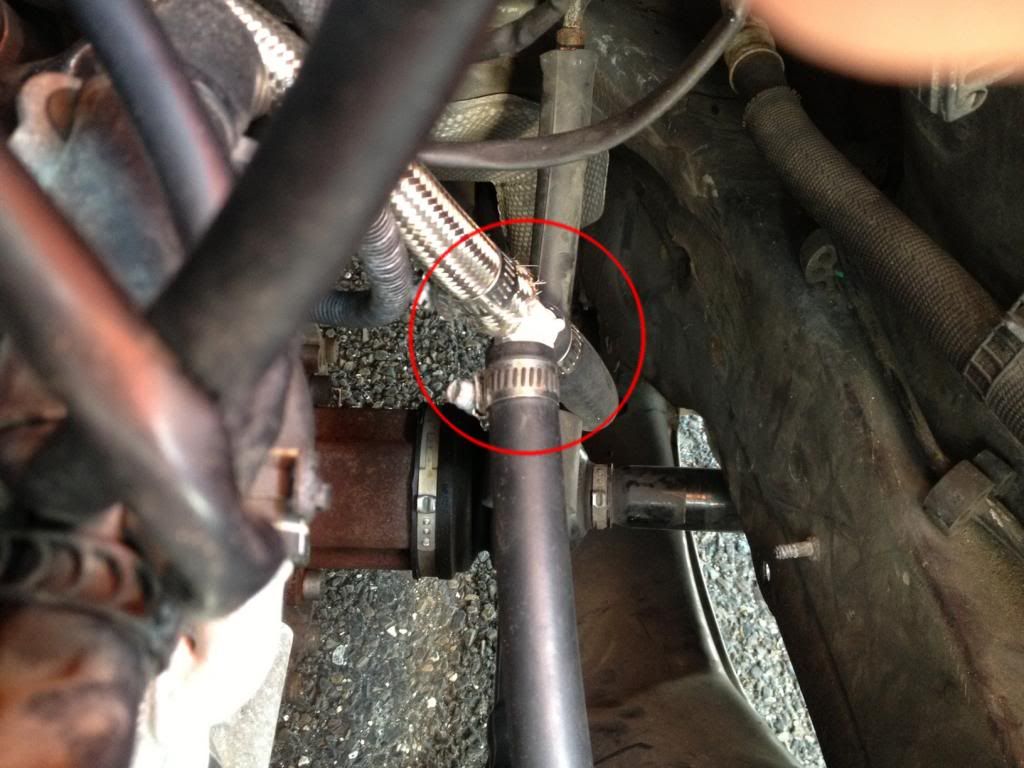
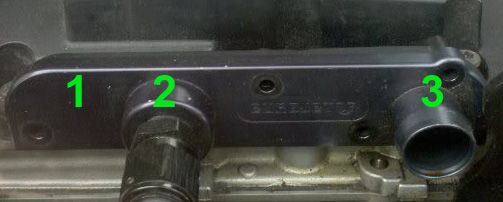

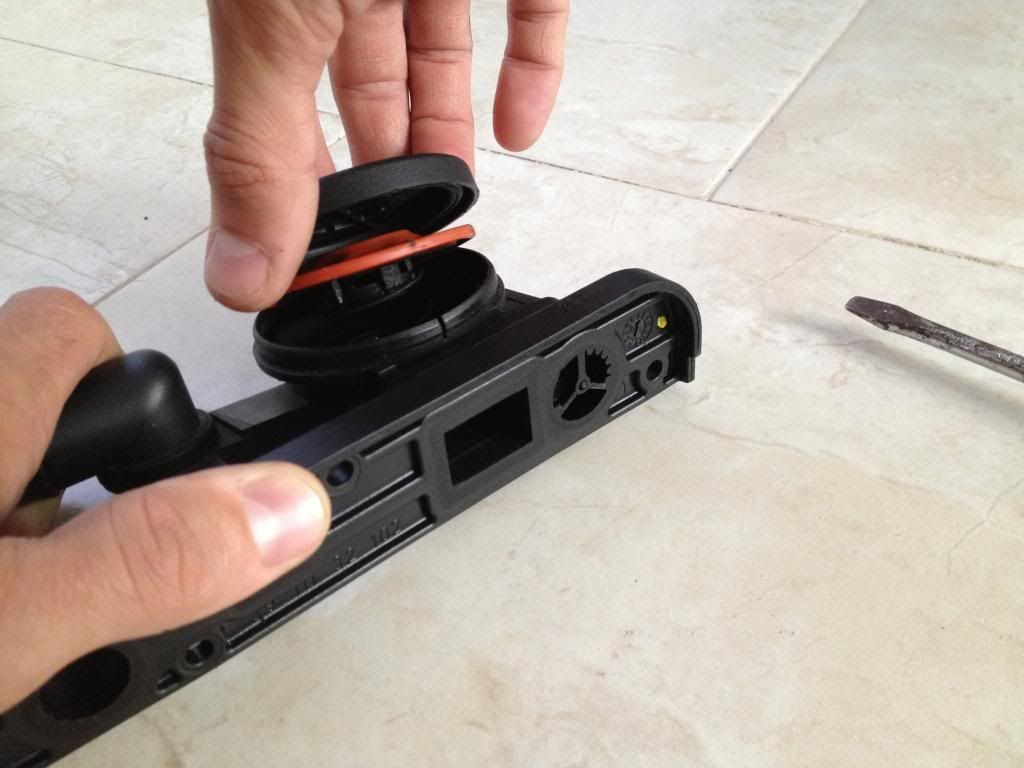


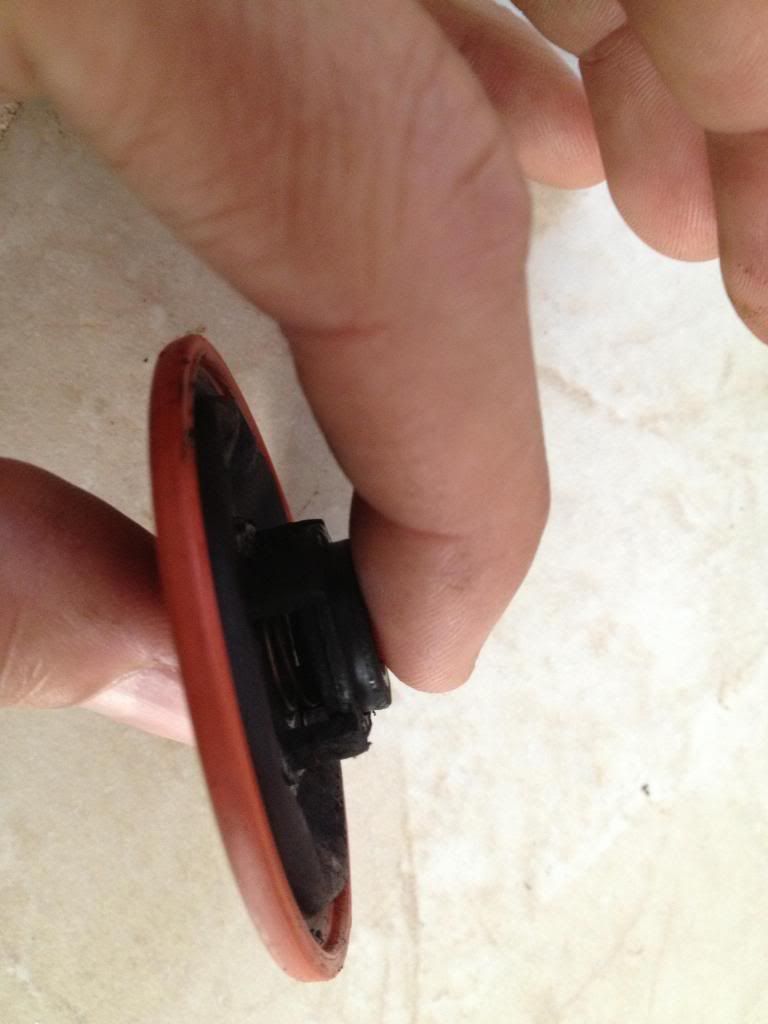

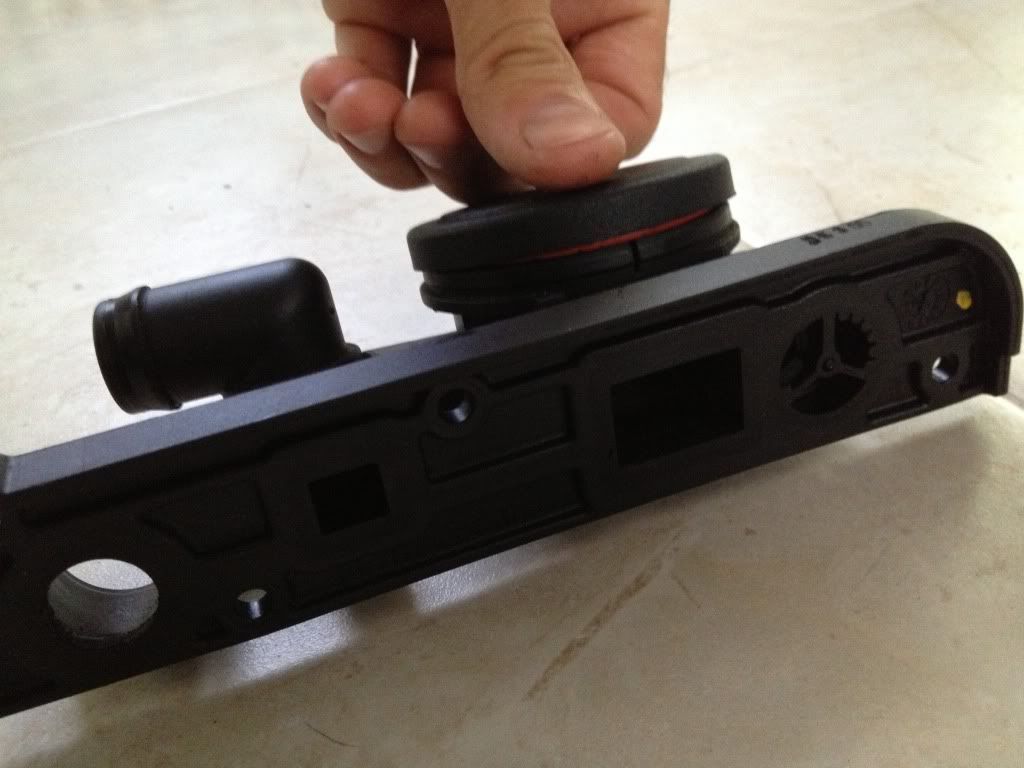
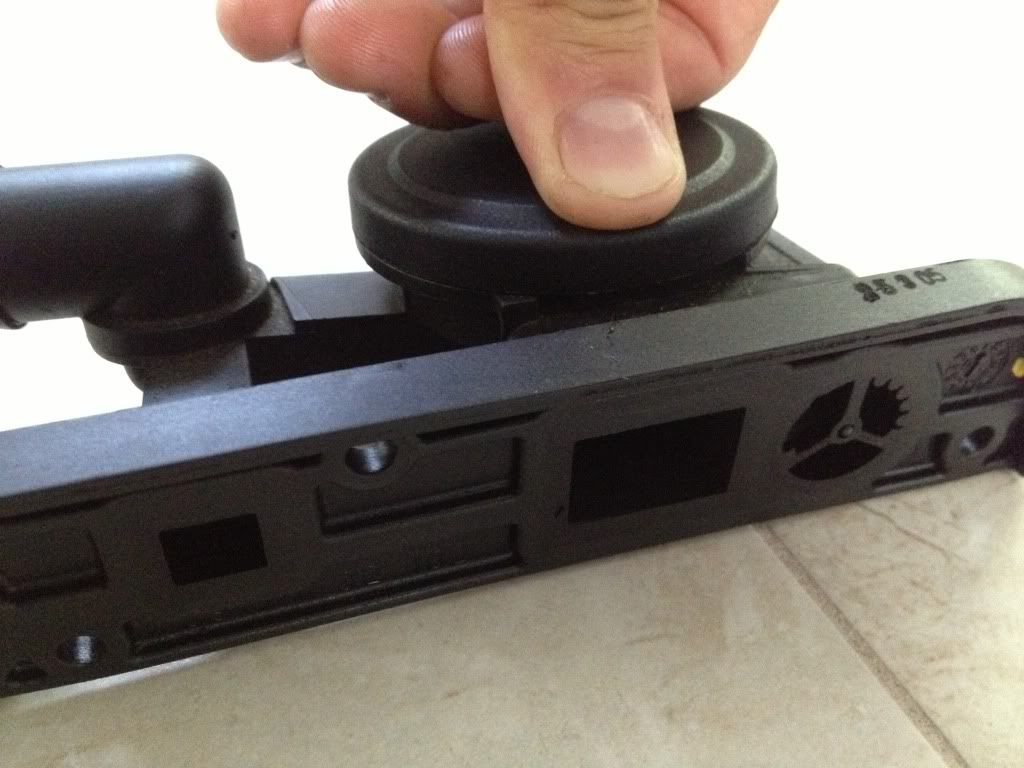

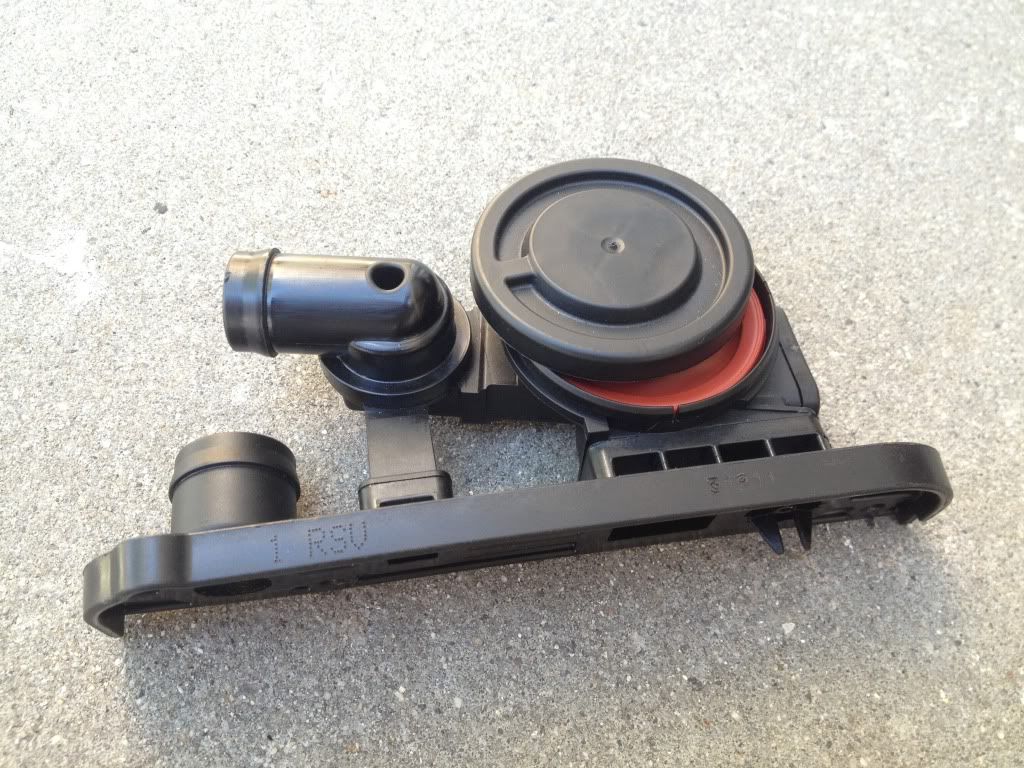















Bookmarks